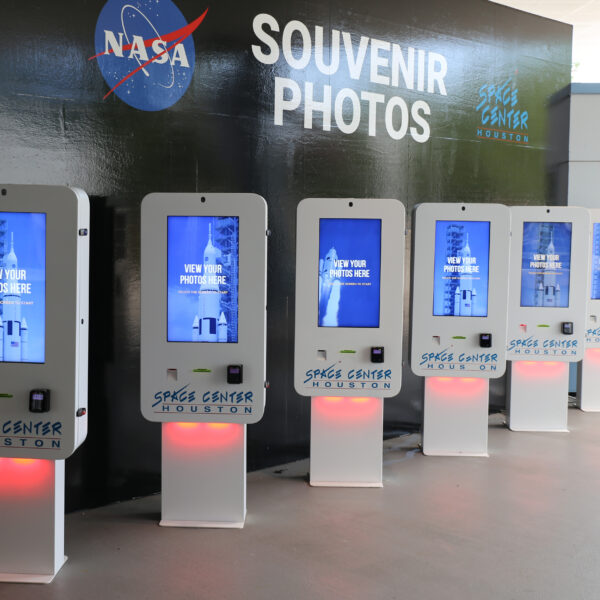
Kiosks
Close
Kiosk Industries


Kiosk programs have many phases in between first designs and final production, but a crucial stage during the process is building a kiosk prototype.
In this article, we define and list benefits of kiosk prototypes as well as share average lead times for development and what factors influence this timing.
A kiosk prototype is an initial, fully engineered and fabricated version of a kiosk using manufacturing processes that would be typical of production. The prototype is intended to match the rendering, or conceptual drawing, that a client approves.
This step in a kiosk program is essential because it lets clients fully appreciate the scale of the unit, assess its ergonomics, review the access or serviceability of the unit, and evaluate the software and hardware. This analysis is used to confirm or possibly improve the functionality and user experience of the final version. The client approves the prototype before the manufacturer can move into volume production.
Although lead times can vary due to several factors, an average kiosk prototype is ready between six to eight weeks. This takes into account processes like engineering, manufacturing, assembly, paint, and integration of hardware and electronics.
There are factors that can influence the lead time, and include:
While the average build time for kiosk prototype development is between one to two months, there are some factors that can potentially shorten the lead time.
Having details about electronics and hardware clearly defined is key. Furthermore, shipping physical samples to the kiosk manufacturer right away can help get engineering off the ground running.
In addition, clients who have determined color options and graphics are also ahead of the game and can help the kiosk manufacturer get started right away.
And sometimes, in the end, it can simply boil down to the engineering department’s availability.
Regarding final production, there can be some similarities to the prototype timeline, however ultimately, production lead times will be determined by the quantity of kiosks being produced, the lead time on electronics for volume production, and vendor lead times on materials.
Have more questions about prototypes? Reach out to our kiosk experts at info@frankmayer.com.